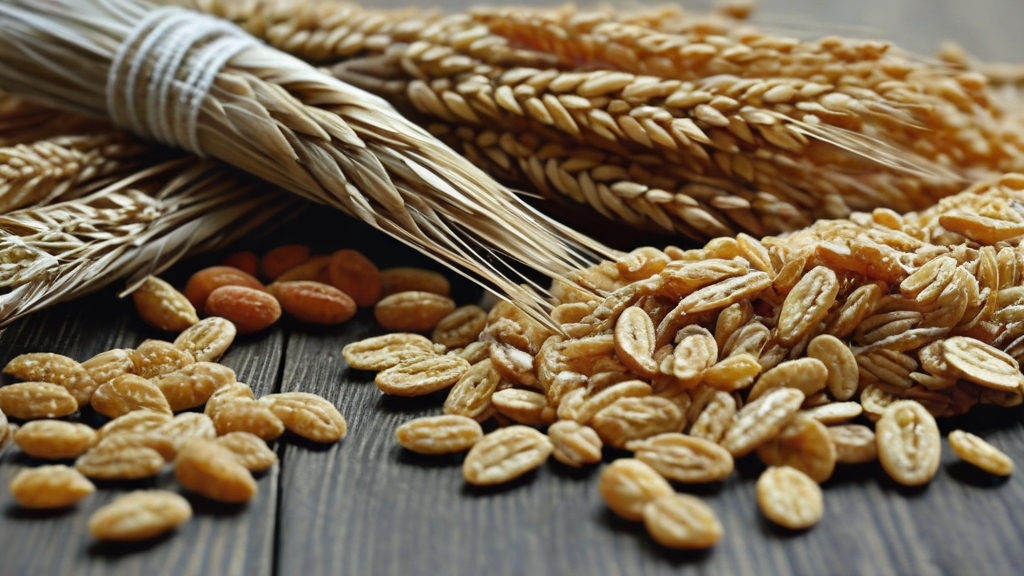Introduction
More and more people are following a gluten-free diet due to celiac disease, celiac disease, or non-celiac gluten intolerance. In this article, we will explain what gluten-free foods are and how to avoid them if you have any of these conditions.
Gluten and its presence in food
Gluten is a group of proteins found in the seeds of several grains, such as wheat, barley, rye, triticale, spelled, and some varieties of oats. These proteins are responsible for the elasticity of the dough and give a spongy consistency to breads and baked doughs. For this reason, gluten is widely used in the food industry and in bakery and pastry products.
It is important to note that there are foods that traditionally do not contain gluten but may contain it due to cross contamination or the presence of ingredients derived from gluten-containing cereals. For example, some yogurts, powdered milks, candies, ice creams, cheeses, and cereals based on rice or quinoa may contain gluten. It is also possible to find gluten in certain drinks and medications, so it is essential to read product labeling carefully.
Foods with gluten and how to avoid them
Foods containing wheat flour are the main source of gluten in our diet. This includes breads, pizza or pie crusts, buns, cakes, cookies, dried pastas and the like. However, it is also possible to find gluten in other foods that do not usually contain it, such as yogurts, powdered milk, candy, ice cream, cheese and cereals based on rice or quinoa.
To follow a gluten-free diet, it is important to avoid cross-contamination in the kitchen and completely eliminate foods that are sources of gluten from the house. Those who suffer from non-celiac gluten sensitivity can tolerate small amounts of gluten in their daily diet, but it is essential to read product labeling to ensure that they are gluten-free.
Gluten grain replacements
If you follow a gluten-free diet, there are several foods that you can use as a replacement for gluten-containing grains. Some options include corn and derivatives, rice in all its variants, pseudocereals such as quinoa and amaranth, millet, legumes and their derivatives, nuts and their flours, certified gluten-free oats, teff, sorghum and buckwheat or buckwheat.
These gluten-free foods will allow you to have a safe and balanced diet if you have celiac disease or gluten intolerance. Remember to always read the product labeling and avoid cross contamination in the kitchen to guarantee a gluten-free diet.
